Originally Aric and I had planned to visit the Netherlands in August, to attend the Mussel day in Yerseke (August 20), but for various reasons we had to postpone our visit one month. Both of us love seafood and one of the first meals I prepared after our arrival in Amsterdam was a delicious mussel dinner.
But Yerseke is also famous for its oysters and the oyster season starts in October!
At the end of Aric’s stay we rented a car and made a two-day trip to Zeeland, the most Western province of the Netherlands, where Yerseke is located.
It was a trip full of variety with historical towns, the Delta Works and of course oysters and mussels 🙂
Our first stop was in Halsteren to visit the Moses bridge! The Moses bridge? I had never heard about it until Aric discovered an interesting website Atlas Obscura with unusual/unknown tourist attractions all over the world. When you search for the Netherlands, you will find the Moses Bridge as one of them. Here it is.
The bridge spans the moat of a 17th century entrenchment Fort de Roovere near Halsteren. It is partially submerged in the water of the moat, giving the impression that you “split” the waters when crossing, like when Moses crossed the Red Sea 😉 Here are a few more pictures
After visiting this bridge we continued to Yerseke, where we arrived in time for lunch. Yerseke is a small village in Zeeland, heavily damaged during WWII, only interesrting because of the oysters and the mussels. We had our lunch in the Oesterij where the oysters, after being harvested are kept in oysterbeds for cleaning, before being marketed. You can buy them in the shop, or taste them in the tasting room.
- The Oesterij
- Oyster beds
- Kept for cleaning
- The shop
We started with a combination platter of three different oyster species. With a glass of wine 9.50 Euro, they are even here not really cheap. It’s an acquired taste, for us it was heavenly bliss. Next we tasted the baked oysters, nice, but we prefer the real oyster taste, so we finished our lunch with more raw oysters.
- Two of each kind
- Heavenly
- Baked oysters
- We prefer the raw ones
I had booked a hotel in Middelburg, we still had time to spend and decided to visit the historical town of Veere. In 1541 Veere became a staple town for Scottisch wool and prospered. Later it was a fishing town, now it is mostly tourism. A small town, easy to walk around. Peaceful atmosphere.
Veere has a beautiful 15th century town hall and an interesting church, also dating back to the 15th century, but never finished, so there is only part of a tower!
Here are a few more pictures.
- Campveerse toren (~1500)
- Now one if the oldest inns in the country
- The town hall
- Relaxed atmosphere
- One of the “Scottish Houses”
End of the afternoon we reached Middelburg. In June 2015 I visited this beautiful capital of the Zeeland province and wrote a blog about it. Our hotel was located in the historic part of the town and consisted of only a few rooms, located above a cafe, that was actually closed on the day we arrived. But there was a note on the door, asking us to call a mobile number, so the owner expected us…:-) More Airbnb style, but it worked well. Here our hotel and room.
It was a beautiful evening, we walked around a bit, also looking for a restaurant. That was not easy, Middelburg is quite a provincial town. Finally we found a Greek(!) restaurant, that was open. Very pleasant service, a glass of ouzo before we even ordered our food. A big starter and an even bigger main course. We had a nice conversation with Martha, the Greek owner of the restaurant. Resulting in a picture..:-)!
- Beautiful
- Near the Abbey
- Nieuwe Kerk (New Church)
- The “Lange Jan” (Tall John)
- Town hall
- Huge portions!
- Martha and me…:-)
- Town hall
The next morning we took a few more pictures, of the Kloveniersdoelen (1607) and the Sijsmolen (1728
On our way back to Amsterdam, I wanted to have a look at the Storm Surge Barrier. In 1953 a high tide combined with severe storms caused breaking of dykes and flooding in Zeeland, resulting in almost 2000 casualties: the Watersnoodramp. I was eight years old at that time and still remember how frustrated I was that I could not go to Zeeland to help closing the dykes…:-).
The Delta Plan was meant to protect the Zeeland province and one of the most ambitious parts was the storm surge barrier, which could be closed in case of emergency. The dam was completed in 1986, each sluice-gate is tested regularly, the whole barrier has been closed 25 times until now, when the water level was more than three meter above normal.
On our way to this barrier, we first visited the small village of West Kapelle, to see the unusual lighthouse: a former church tower. When we walked around, we noticed an unusual civilian war cemetery. A British(!) tourist explained to us what had happened. In 1944 the port of Antwerp had fallen into the hands of the Allied forces, but to gain access to this important port, the German defenses in Zeeland had to be destroyed. Therefore the dyke near West Kapelle was bombed, flooding the village. Hundreds of people had taken shelter in a mill and drowned. Note the many graves of young children.
To build the storm surge barrier, an artificial island was constructed: Neeltje Jans Now it has become an (expensive) fun park, which we skipped. But on the island there is a well known restaurant, specialising in oysters and mussels. A delicious ending of an interesting 2D1N trip.
- The storm surge barrier
- Windmills everywhere
- What shall we have for lunch?
- Oysters and Mussels!

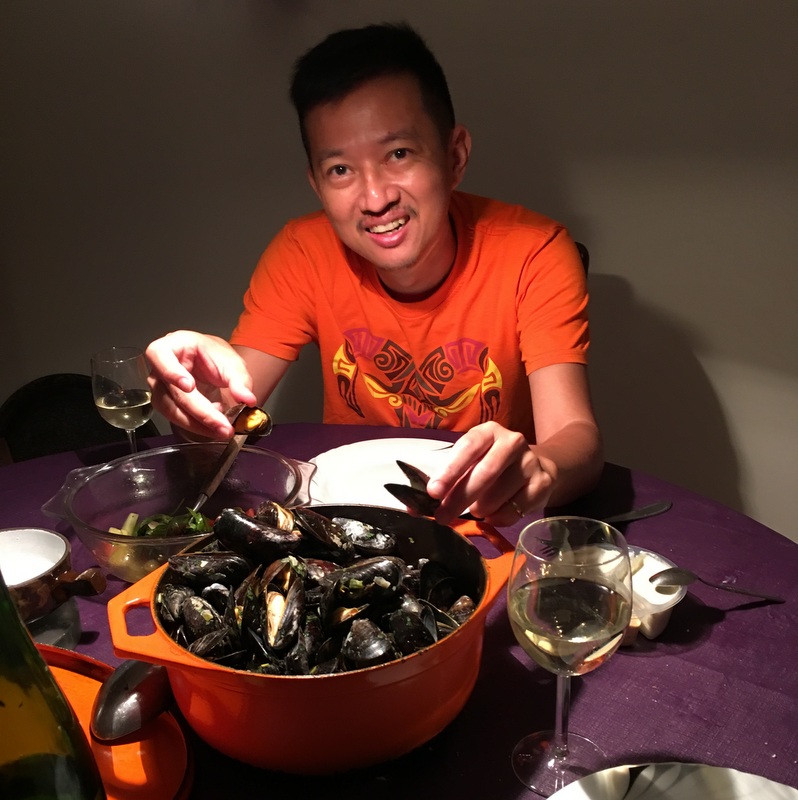
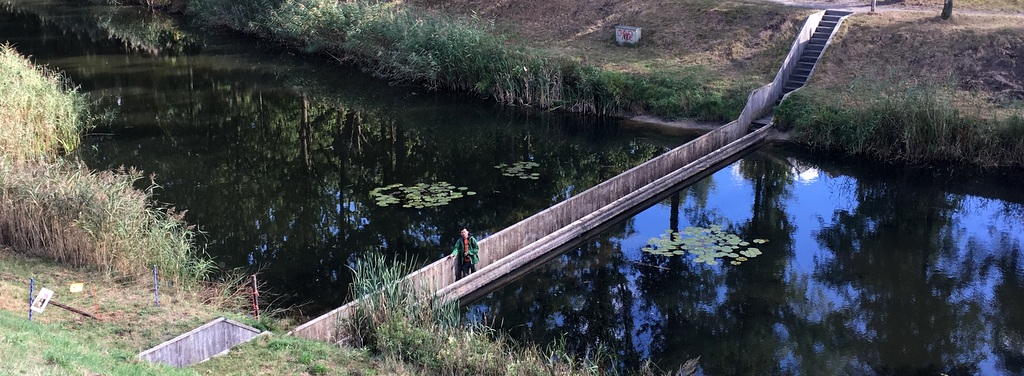
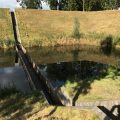
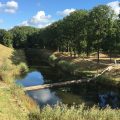
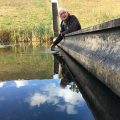

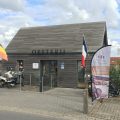
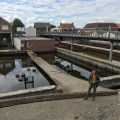
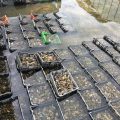

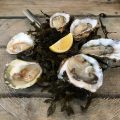
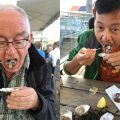
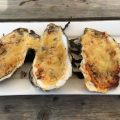



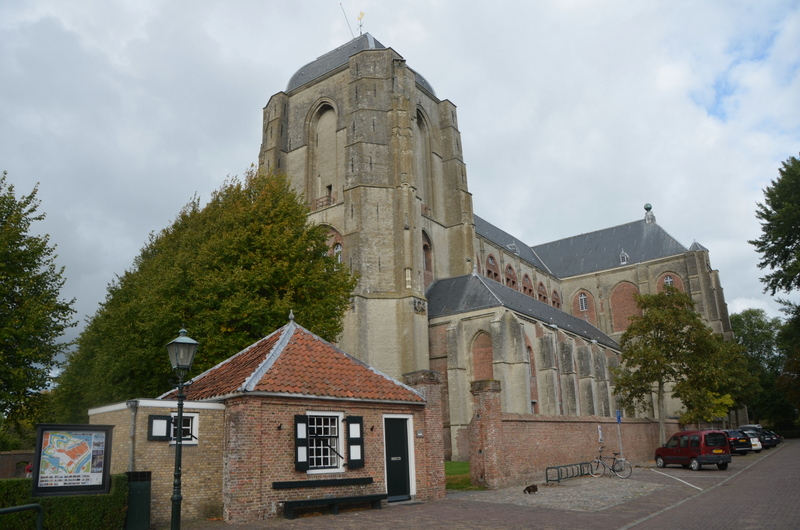
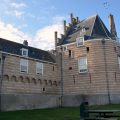
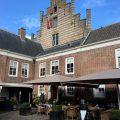
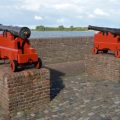
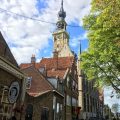
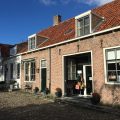
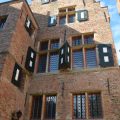
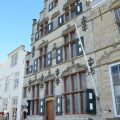
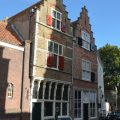
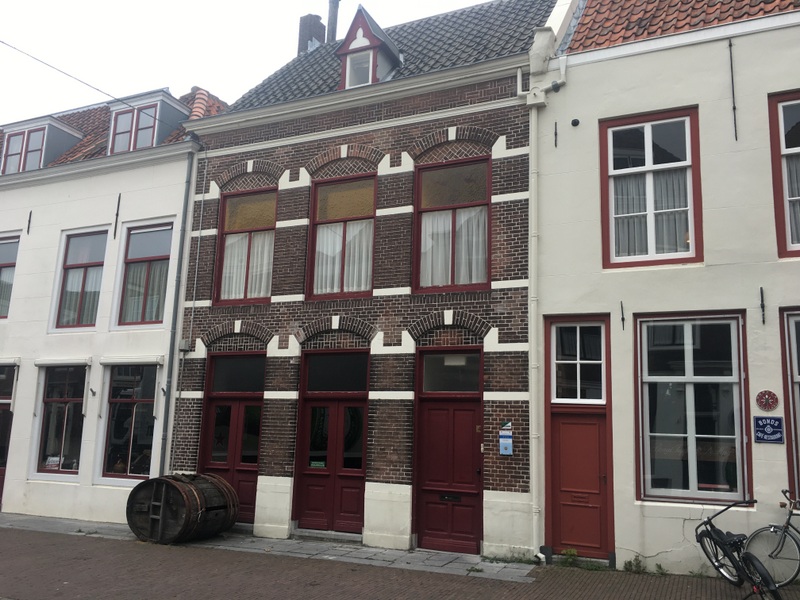

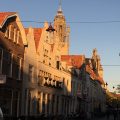
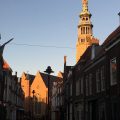
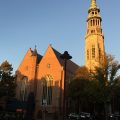
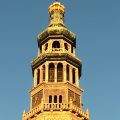
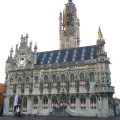

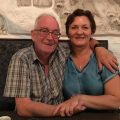
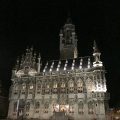
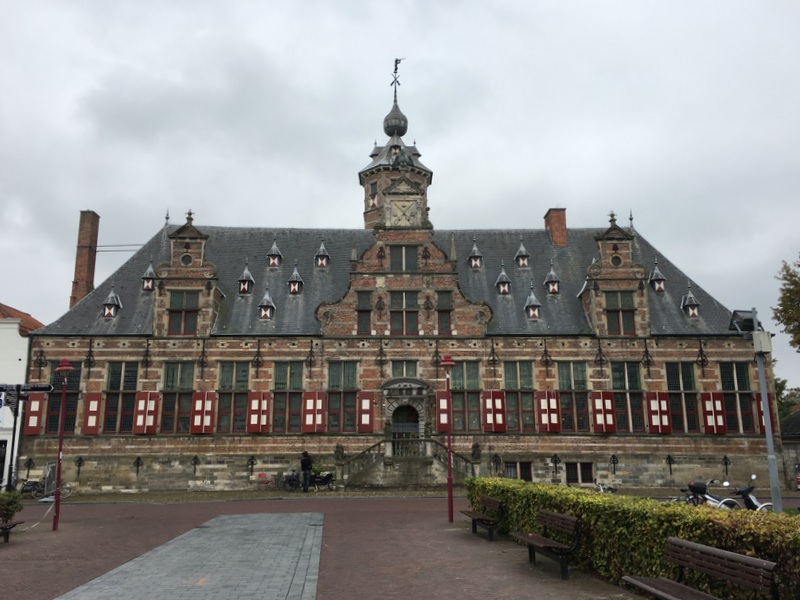
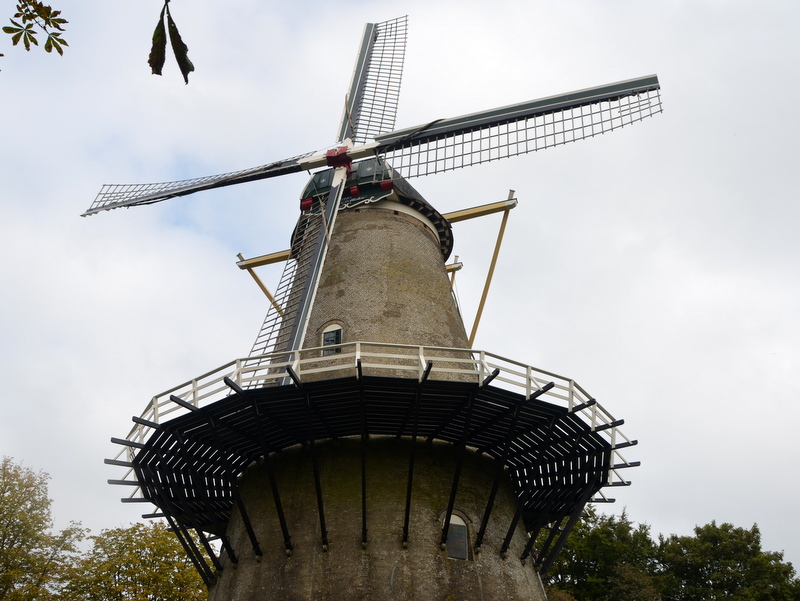


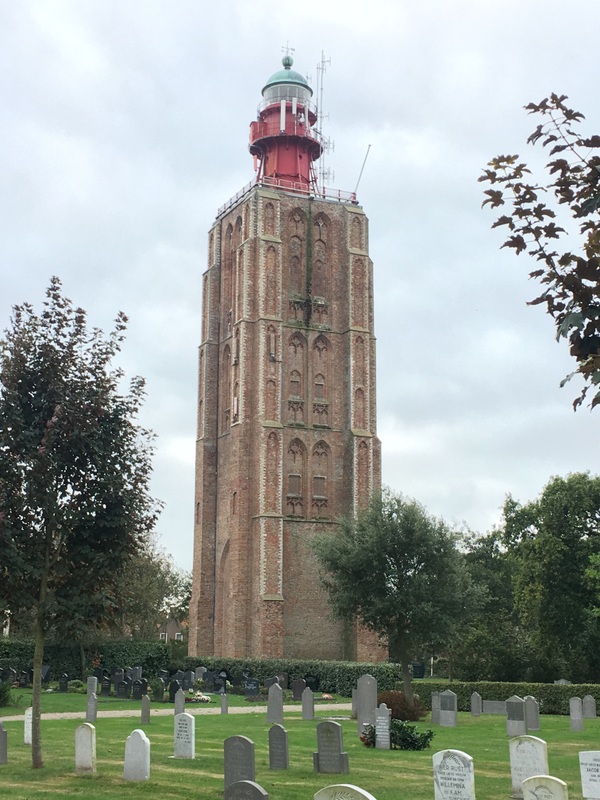

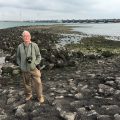

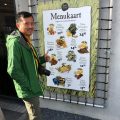
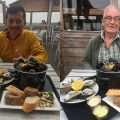
Nice, bro!!
Very interesting! Beautiful place!